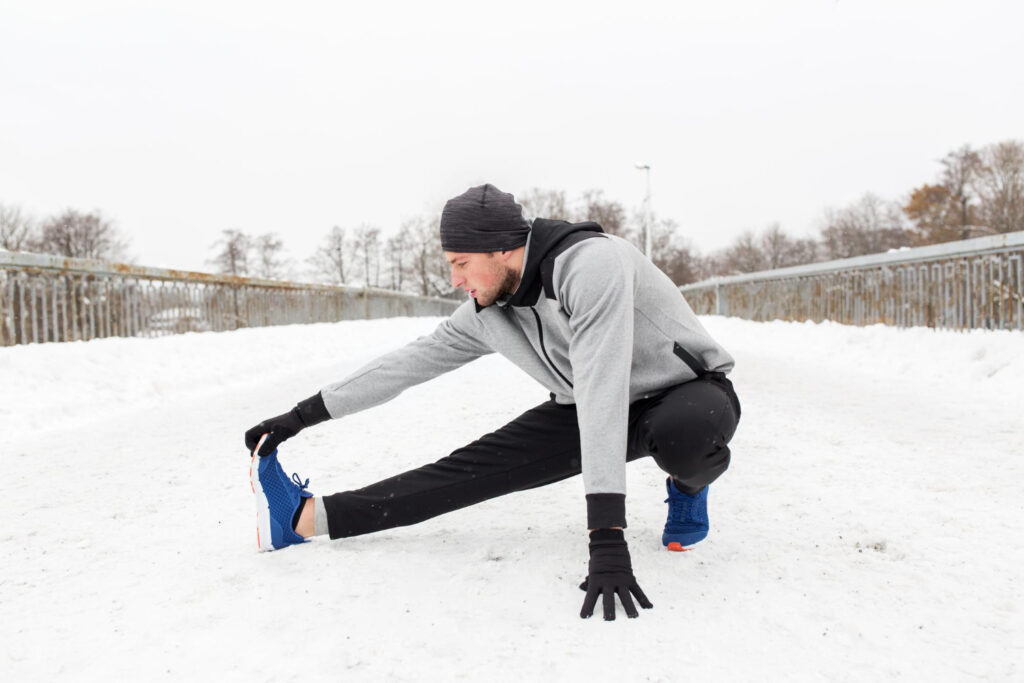As the winter months approach in Canada, ski resorts, trails and frozen lakes start buzzing with snow sports enthusiasts. Popular cold-weather activities like downhill and cross-country skiing, snowboarding, snowmobiling and sledding are wonderful ways to get outdoors and exercise during winter. However, they also bring a higher risk of injuries.
Sprains, fractures, dislocations and torn ligaments from winter recreational activities can mean crutches, surgery and months of tedious recovery. More traumatic accidents sometimes produce head, neck and back injuries as well.
Common Winter Sports Injuries
- Skiing Injuries:
Skiing can cause various injuries, including sprains, fractures, and dislocations. Knee injuries, especially to the ACL, are common among skiers and occur due to sudden stops or twisting motions on the mountain terrain.
- Snowboarding Injuries:
Snowboarding, with its own set of challenges and techniques, presents distinct injury patterns. Wrist fractures and sprains are common due to the instinctive reaction to break a fall with outstretched hands. Additionally, ankle injuries and concussions are prevalent in snowboarding accidents, highlighting the importance of protective gear.
- Snowmobiling Injuries:
Snowmobiling, while exhilarating, can be hazardous if not approached with caution. Collisions, especially with trees or other obstacles, can lead to severe injuries. Head injuries are a significant concern, emphasizing the necessity of helmets. Limb fractures and spinal injuries are also reported in snowmobiling accidents.
Put safety first before hitting the slopes and trails this winter season. Some tips to prevent injuries include
- Take Lessons – Get training, especially as a beginner skier or snowboarder before going out alone. Adequate training and skill development are crucial for winter sports enthusiasts. Beginners should seek lessons from certified instructors to grasp fundamental techniques and safety measures. Understanding the terrain and knowing one’s limits can help prevent accidents.
- Warm Up Thoroughly – Stretch and move muscles to avoid strains and sprains.
- Wear Protective Gear – Wearing appropriate gear is paramount in winter sports. Helmets, goggles, and well-fitted boots can significantly reduce the risk of head injuries, fractures, and sprains.
- Check Equipment – Ensure equipment is set up properly and everything is in working order. Regular equipment checks are essential to ensure optimal performance and safety
- Know Limits – Stick to trails and hills that match your capability level.
- Stay Informed about Conditions – Weather and snow conditions play a crucial role in winter sports safety. Stay informed about the current weather forecast, snow conditions, and avalanche risks before heading out. Avoid participating in activities during adverse weather conditions.
- Follow Safety Guidelines – Abiding by safety guidelines and resort rules is imperative. Respect designated trails, adhere to speed limits and be mindful of other participants. Following these guidelines can contribute to a safer and more enjoyable winter sports experience.
Applying injury prevention knowledge allows everyone to delight in winter recreation while staying protected. While you can’t account for all accidents, following these simple precautions goes a long way to safeguarding your health and safety out there on the slopes, trails and ice this season.

